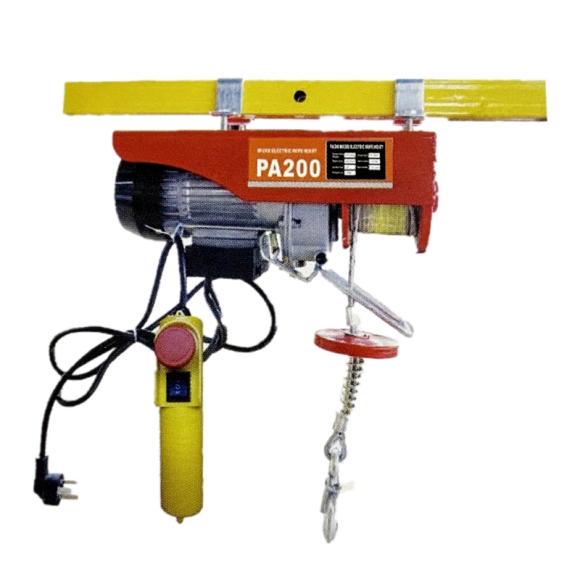


Industrial Fall Protection Ensuring Safety in the Workplace
In the realm of industrial operations, worker safety is paramount. One of the leading causes of workplace injuries is falls, which can occur in various settings, from construction sites to warehouses. As industries continue to evolve and adapt, it becomes increasingly critical to implement effective fall protection strategies. This article explores the importance of industrial fall protection, the types of fall protection systems, and best practices for ensuring worker safety.
Understanding the Importance of Fall Protection
Falls account for a significant percentage of workplace injuries and fatalities, particularly in industries such as construction, manufacturing, and warehousing. According to the Occupational Safety and Health Administration (OSHA), falls are the leading cause of death in the construction industry, highlighting the need for robust fall protection measures. Implementing fall protection systems not only safeguards workers but also reduces the financial burden on businesses caused by accidents, including medical expenses, legal fees, and lost productivity.
Beyond compliance with regulations, fostering a culture of safety enhances employee morale and can improve overall workforce productivity. Companies that prioritize safety tend to attract and retain top talent, as workers feel valued and protected.
Types of Fall Protection Systems
There are several types of fall protection systems that industries can use to keep employees safe
1. Personal Fall Arrest Systems (PFAS) These systems include harnesses, lanyards, and anchorage points designed to stop a fall in progress. When correctly used, PFAS can significantly reduce the risk of severe injuries.
2. Guardrails Installing guardrails along edges of elevated platforms or scaffolding helps prevent falls from heights. Guardrails are often used in combination with other safety measures to create a multi-layered approach to fall protection.
3. Safety Nets Safety nets are designed to catch workers if they fall. These nets are typically used in construction sites where traditional fall protection methods are challenging to implement.
4. Warning Lines In some scenarios, setting up warning lines around roof edges or hazardous areas can alert workers to potential fall risks without physically preventing them from going near the edge.

5. Training and Education While not a physical protection system, training is crucial. Ensuring that workers understand the risks associated with their jobs and the proper use of fall protection equipment is vital for safety.
Best Practices for Fall Protection
Implementing effective fall protection measures requires more than just the installation of safety equipment. Here are some best practices for ensuring workplace safety
1. Conduct Risk Assessments Before starting any job, conduct a thorough assessment to identify potential fall hazards. This assessment should be revisited regularly, especially when changes occur in the work environment.
2. Develop a Fall Protection Plan Create and maintain a comprehensive fall protection plan tailored to the specific needs of the workplace. This plan should outline procedures, responsibilities, and training requirements.
3. Regularly Inspect Equipment Inspect fall protection equipment regularly to ensure it is in good working condition. Replace any worn or damaged components promptly.
4. Provide Training and Resources Ensure that all employees receive the necessary training on fall hazards and the proper use of fall protection systems. Training should be provided upon hire, and refresher courses should be offered periodically.
5. Foster a Safety Culture Encourage open communication about safety concerns and solutions. Employees should feel empowered to report hazards and suggest improvements without fear of retribution.
6. Monitor Compliance Regular audits of fall protection protocols help ensure compliance with safety standards and regulations. This ongoing evaluation can also identify areas for improvement.
Conclusion
Industrial fall protection is essential within any workplace where height-related risks exist. By understanding the importance of fall protection, utilizing appropriate systems, and following best practices, companies can create safer working environments for their employees. Investing in fall protection is not only a regulatory requirement but also a moral imperative—ensuring that every worker returns home safely at the end of the day. As industries continue to grow and advance, maintaining a commitment to worker safety will always be a top priority.



